PTCA
PTCA, commonly known as angioplasty, is a non-surgical procedure to open narrowed or blocked coronary arteries, restoring normal blood flow to the heart muscle.
- Home
- Service
- PTCA
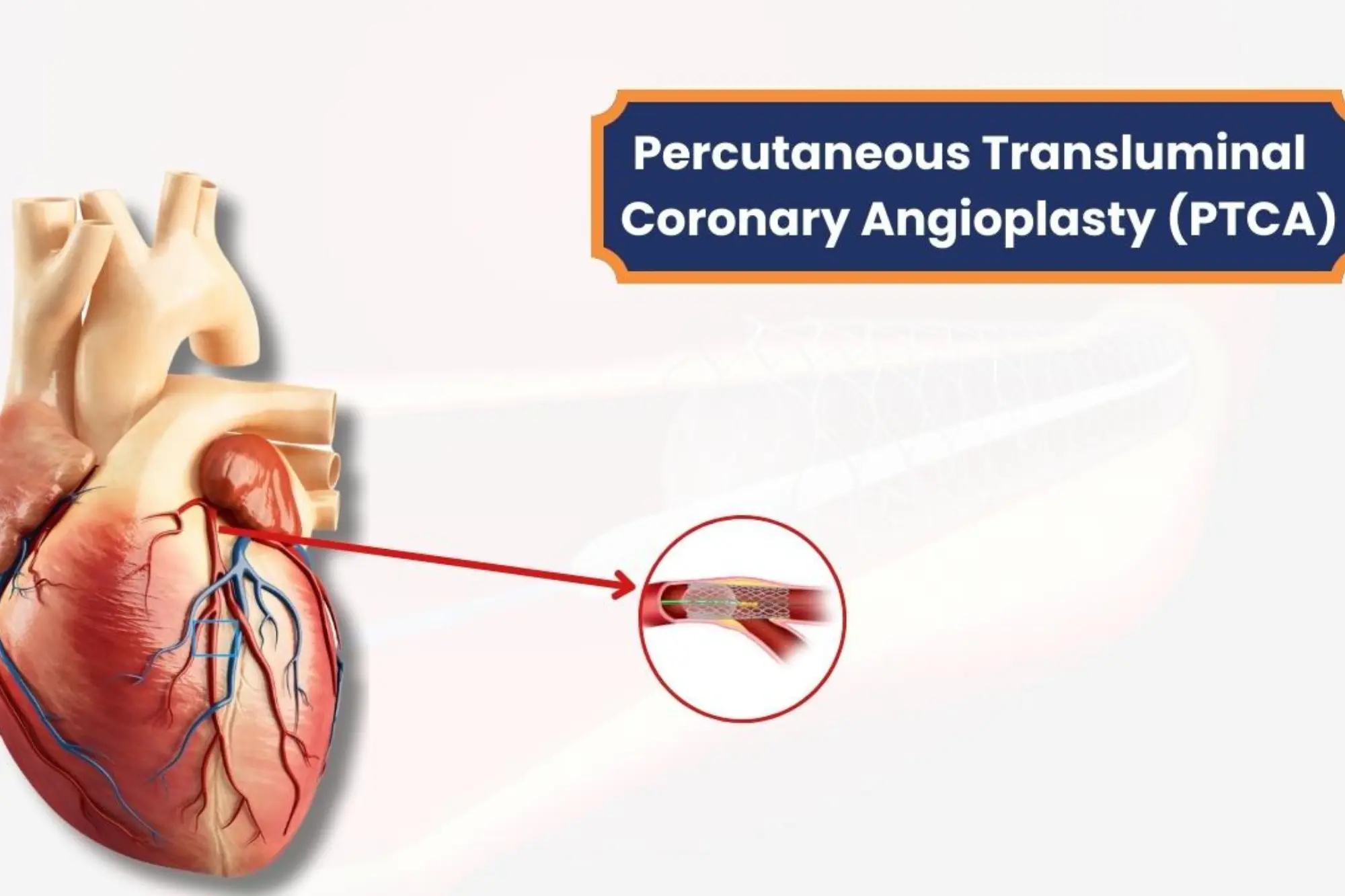
Description
PTCA (Percutaneous Transluminal Coronary Angioplasty) involves inserting a tiny balloon-tipped catheter into the blocked coronary artery and inflating it to widen the artery and restore blood flow. In many cases, a stent (a small mesh tube) is placed to keep the artery open. This procedure is less invasive than open-heart surgery and typically requires minimal recovery time.
It is often recommended when lifestyle changes and medications are not enough to relieve symptoms like chest pain or to prevent heart attacks.
It is often recommended when lifestyle changes and medications are not enough to relieve symptoms like chest pain or to prevent heart attacks.
Conditions Treated
- Coronary Artery Disease (CAD)
- Chronic Stable Angina
- Acute Coronary Syndrome
- Myocardial Infarction (Heart Attack)
- Restenosis (re-narrowing of arteries after previous angioplasty)
Tests and Treatments Offered
- ECG (Electrocardiogram)
- 2D Echo or Stress Echo
- Coronary Angiogram
- Blood Clotting Tests
- Cardiology Consultation
- PTCA Procedure with or without Stent
Special Offer on PTCA
Actual Price
₹1,20,000
₹99,000/- Only
Plus Material
Book Appointment
How it works
Procedure and Process Treatment

Pre-Procedure Evaluation
Complete heart checkup including ECG, 2D Echo, and Coronary Angiogram to identify the exact blockage.
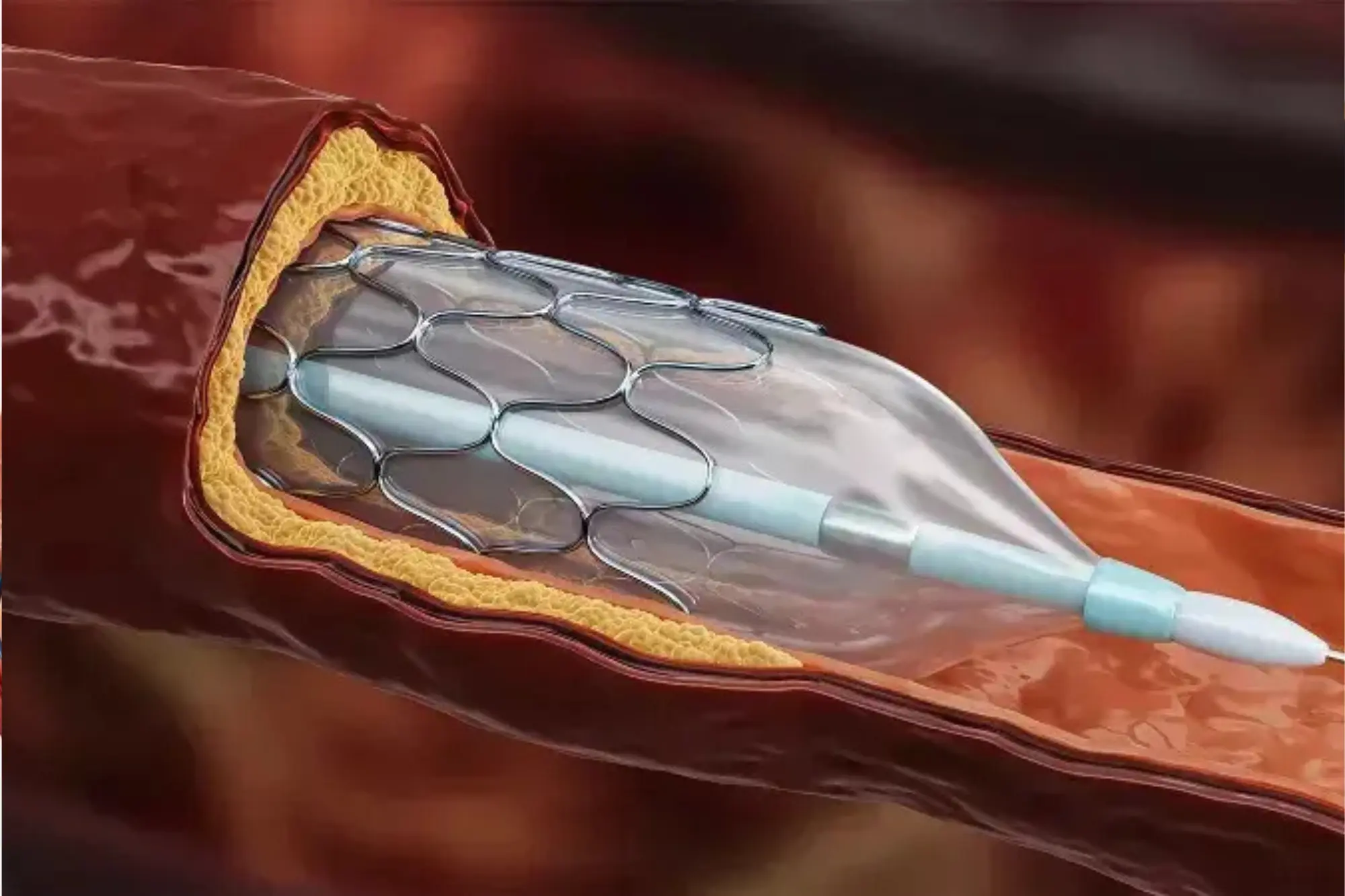
Catheter Insertion
A catheter is inserted through the wrist or groin artery and guided toward the heart.
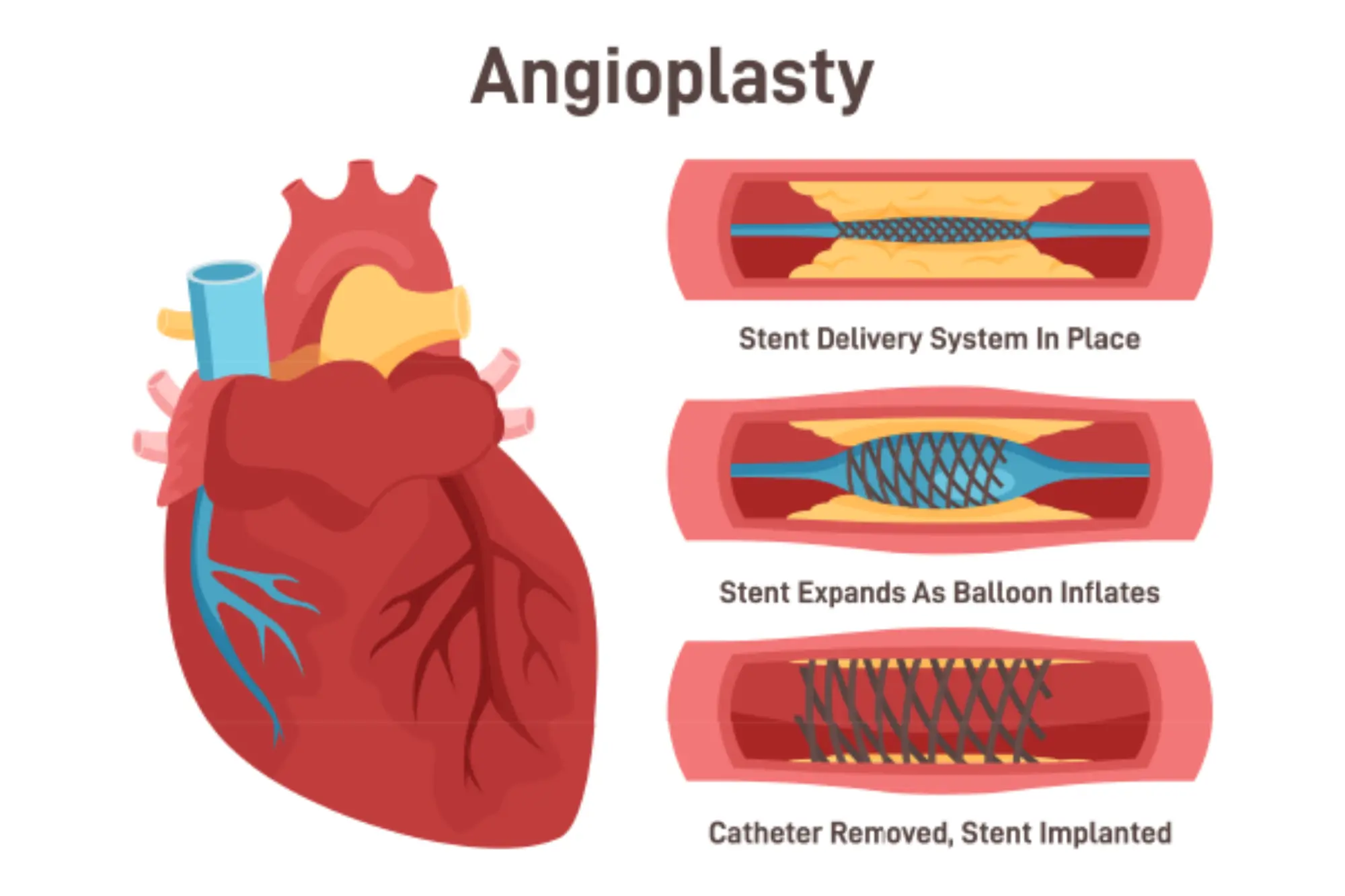
Balloon Inflation & Stent Placement
Balloon is inflated to open the blockage, and a stent is placed to keep the artery open.
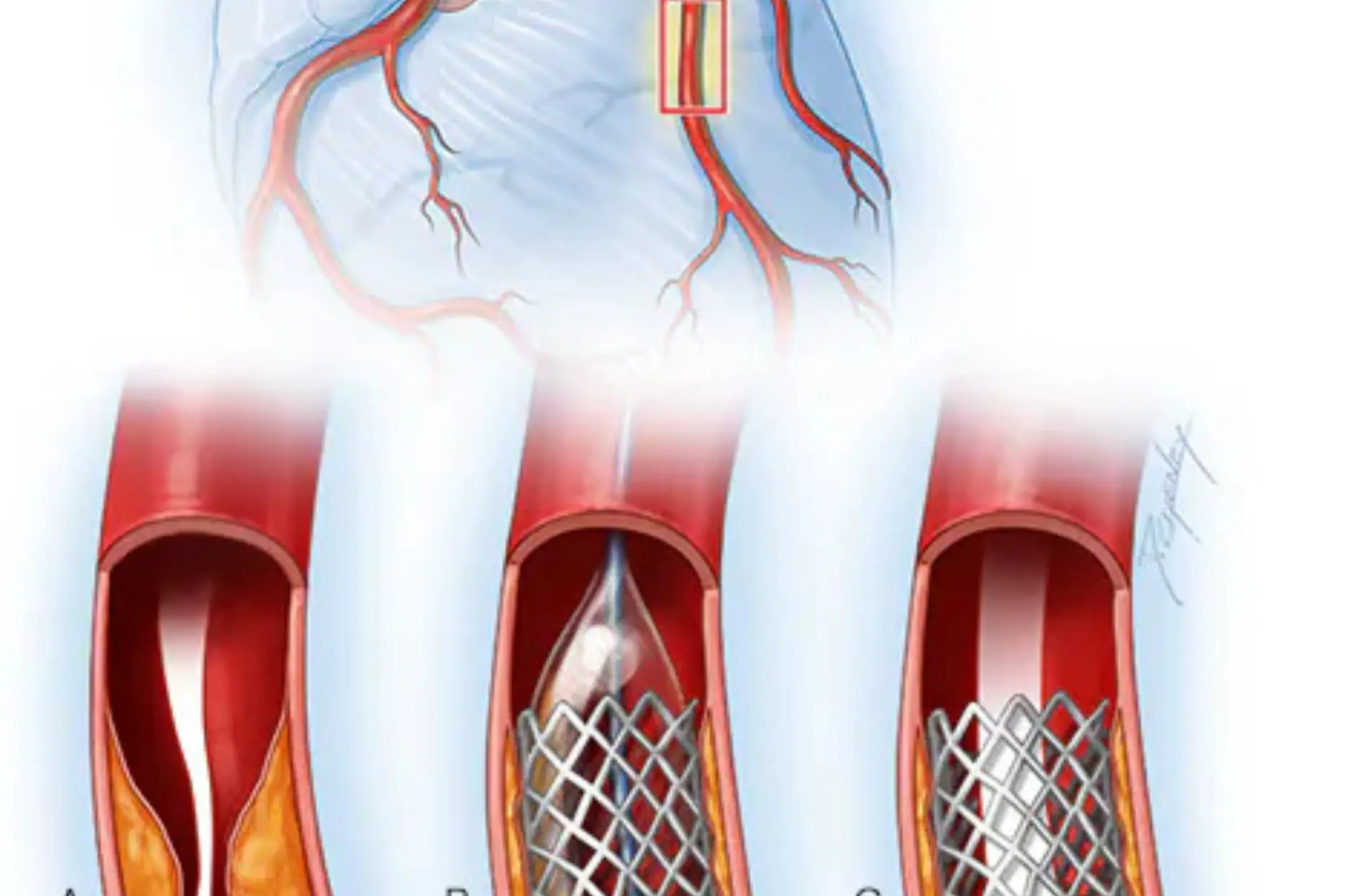
Recovery & Monitoring
Vitals are monitored in a cardiac recovery room for 12–24 hours. Discharge usually in 1–2 days.
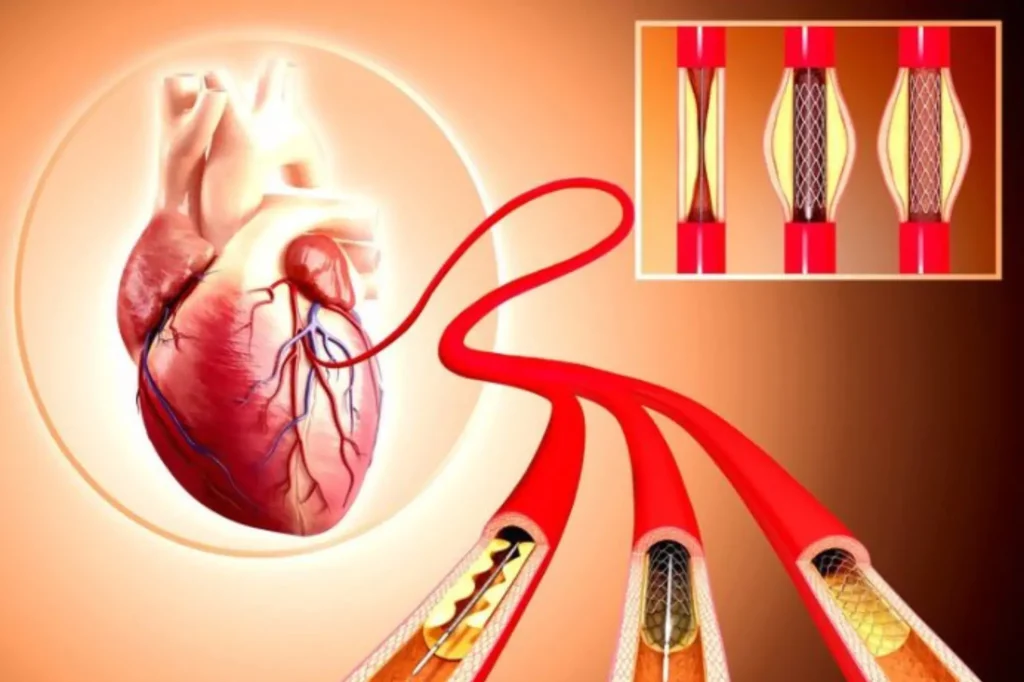
Stay Ahead of Heart Disease
Don’t ignore warning signs like chest discomfort or breathlessness. With timely angioplasty, you can avoid major heart complications and continue living a full, healthy life.
Frequently Asked Questions
Here are answers to common patient concerns about PTCA — from safety and recovery to life after angioplasty.
PTCA relieves blockages, but lifestyle changes and medications are crucial to prevent future issues. It improves symptoms and reduces heart attack risk.
In most cases, yes. If the artery is significantly narrowed, a stent is placed to prevent re-narrowing. Your cardiologist decides this during the procedure.
Most patients resume light activities in 3–5 days. Full recovery depends on individual health and follow-up care.


